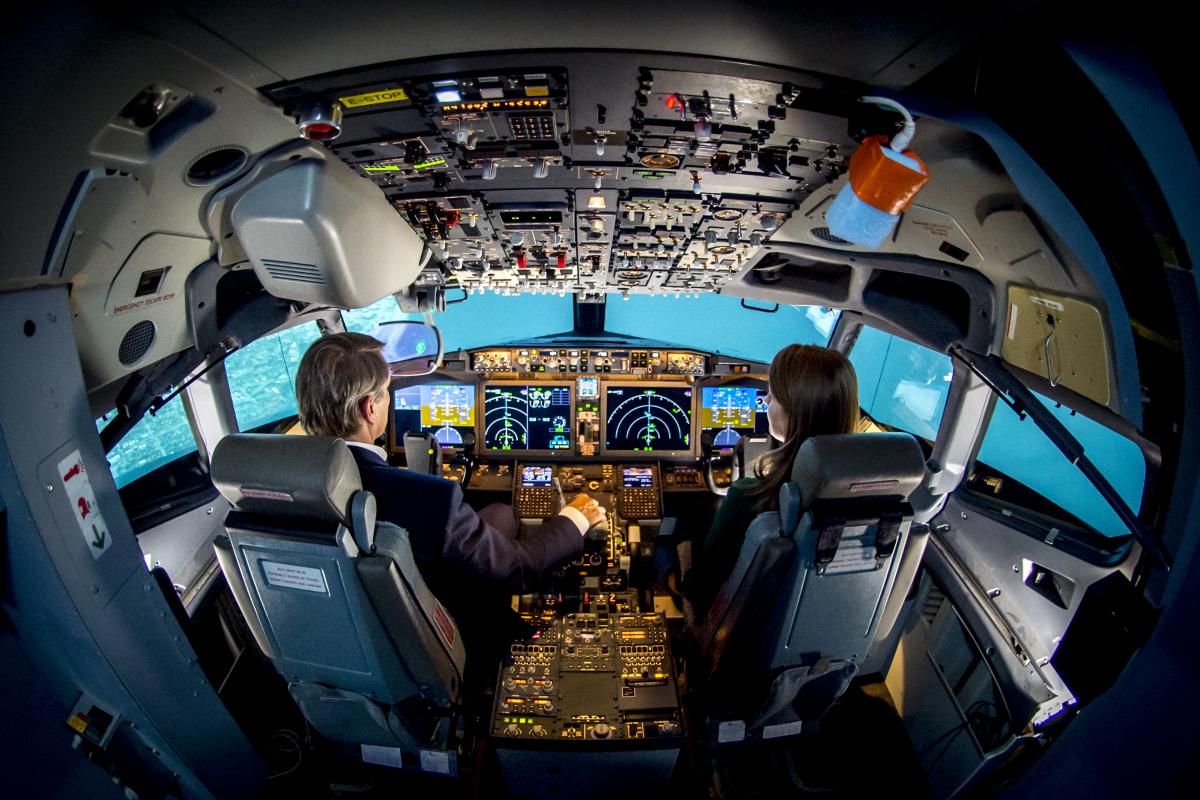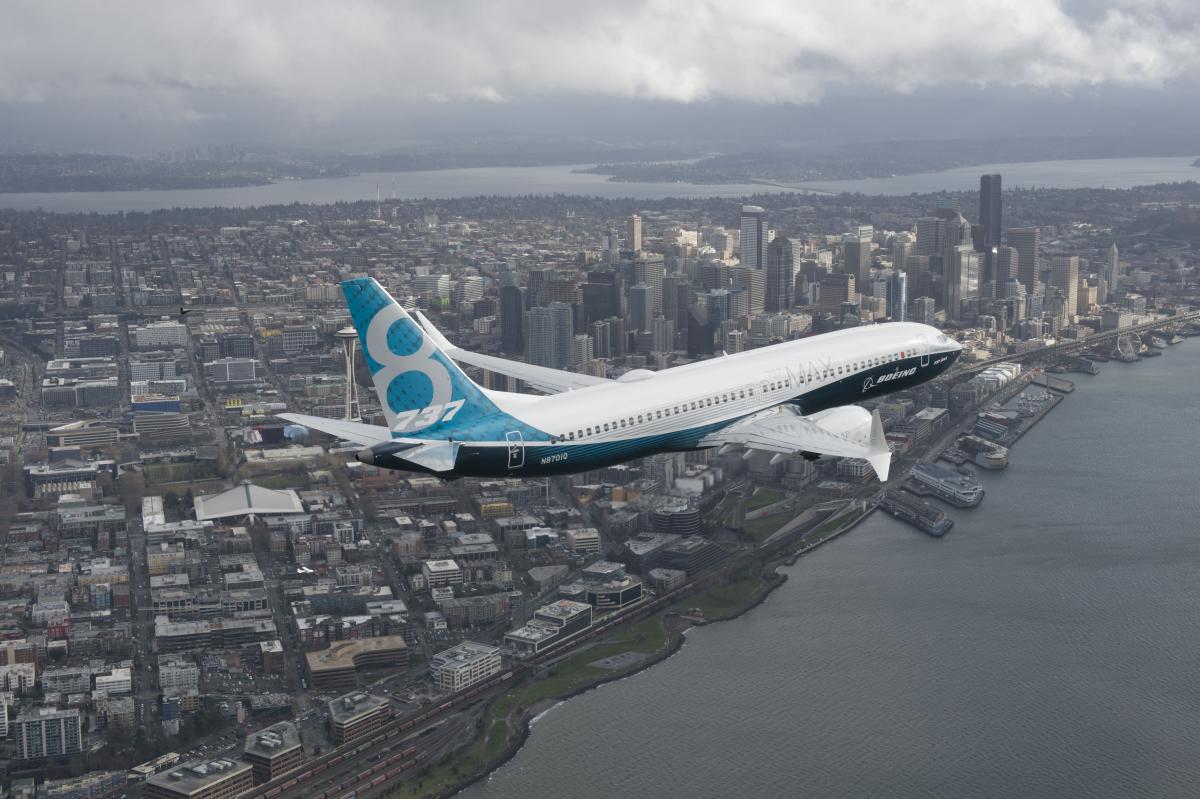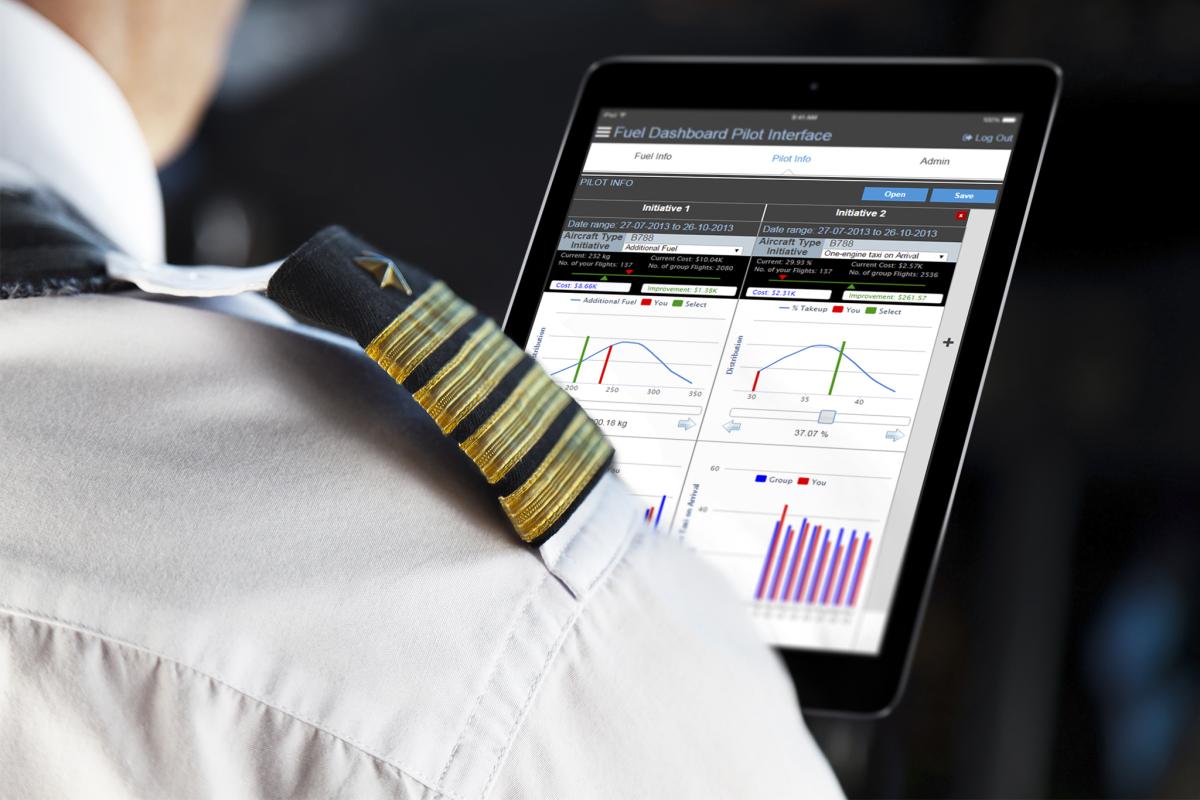Boeing Delivers Operational Efficiency
Exploring Boeing's top environmental priorities
**This is the 12th article in a series focusing on The Boeing Company's environmental performance and progress in 2016. Visit www.boeing.com/environment for more information.**
To help airlines fly as efficiently as possible, Boeing offers a variety of products and services to improve the operational performance of our airplanes.
To improve the operational efficiency of the in-service fleet, we offer services including a tool called Fuel Dashboard, which is powered by data analytics. Boeing analyzes data from airline operations and simulates different scenarios to assess the amount of fuel required for a given flight. These comparisons enable airlines to identify and implement opportunities for improvement throughout their operation, using descriptive and diagnostic analytics. More than two dozen airlines use Fuel Dashboard and are reducing fuel use by an average of 4.3 percent, which proportionately lowers carbon dioxide emissions.
We also collaborate on air traffic management modernization efforts to improve airspace efficiency and accommodate the growth in air travel. We engage with airlines, airports and air navigation service providers around the world to integrate our airplanes’ onboard capabilities, such as satellite-based navigation, with ground technologies. Our efforts in the United States, Europe, China, Panama and Turkey include analyzing operational and environmental benefits, developing new procedures, and recommending airspace redesigns that can better use our airplanes’ capabilities.
In 2016, Boeing collaborated with Delta and United Airlines to fly several unique landing approaches into San Francisco International Airport aimed at reducing flight delays, saving fuel and lowering emissions and noise levels. The improvements come from new satellite-based navigation technology on the airplane and on the ground, which allows for more precise, shorter approaches. In addition to environmental benefits, the technology allows for landing in low visibility, which improves safety and airline reliability. While flight planning systems identify the most optimal route before takeoff, Direct Routes scans real-time operations to ensure optimization continues throughout the flight. Pilots receive advisories on more efficient routings that arise because of changes in wind, air traffic and other factors.
Similarly, Wind Updates provides timely information to pilots during the flight to help them take advantage of the most efficient route or altitude.




